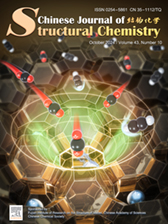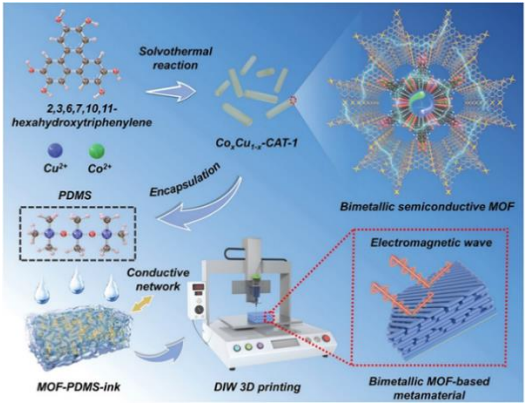
Electrostatically driven kinetic Inverse CO2/C2H2 separation in LTA-type zeolites
Yongheng Ren, Yang Chen, Hongwei Chen, Lu Zhang, Jiangfeng Yang, Qi Shi, Lin-Bing Sun, Jinping Li, Libo Li*
Submit a Manuscript
Kang Wang, Qinglin Zhou, Weijin Li*
Chin. J. Struct. Chem., 2024, 43: 100325. DOI: 10.1016/j.cjsc.2024.100325
October 15, 2024
ABSTRACT
In summary, the booming development
of c-MOFs brings opportunities for the development of new electromagnetic
functional materials and devices, and the design and customization of MOF
structural units, overall topology modulation, and the construction of
three-dimensional structures based on the understanding of electromagnetic
properties and energy conversion provide new insights for further investigation
of the EMW absorption mechanism and enhancement of dielectric properties. However,
conductive MOFs also face challenges such as few available types, poor
impedance matching, and narrow absorption bandwidth. Furthermore, in practical
potential applications, conductive MOF can also be made into MOF films for
stealth coatings for military equipment and EMW protection for civilian use.






